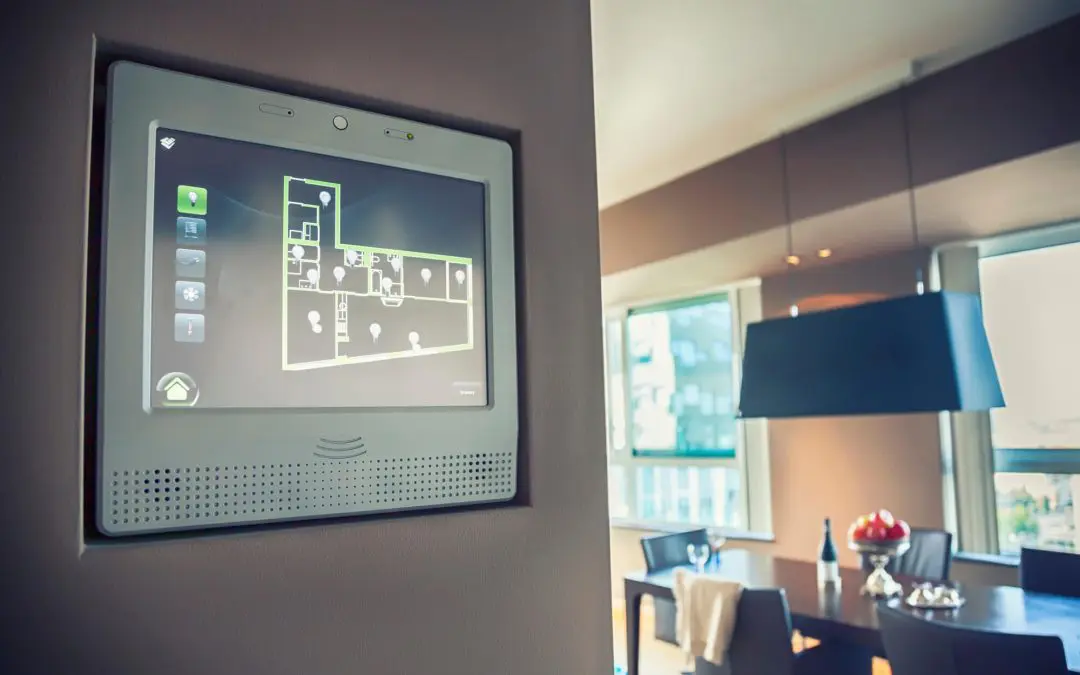As the summer sun intensifies, so does the urge to crank up the air conditioning. However, keeping your home cool in summer often comes at a steep cost. High cooling bills can strain your budget and contribute to environmental concerns. Fortunately, there are several effective ways to keep your home comfortably cool without breaking the bank. In this post, we’ll explore some practical strategies to reduce cooling costs during the scorching summer months.
Upgrade to Energy-Efficient Appliances to Reduce Cooling Costs
Investing in energy-efficient cooling appliances like air conditioners and fans can significantly reduce energy consumption. Look for products with the ENERGY STAR label, which indicates they meet strict energy efficiency guidelines set by the U.S. Environmental Protection Agency.
Seal and Insulate Your Home
Proper insulation and sealing of windows, doors, and other openings can prevent cool air from escaping and hot air from infiltrating your home. Check for drafts and use weather stripping or caulking to seal any leaks. Additionally, consider adding insulation to your attic, walls, and basement to improve energy efficiency further.
Utilize Programmable Thermostats
Programmable thermostats allow you to set temperature schedules based on your daily routine, ensuring your cooling system operates more efficiently. Program higher temperatures when you’re away from home or asleep and lower temperatures when you’re present and active. This simple adjustment can lead to significant savings on your cooling bills.
Reduce Cooling Costs with Natural Ventilation
Open the windows at night and cooler times of day and allow cross ventilation to naturally cool your home. Install window treatments, such as blinds or curtains, to block out direct sunlight during the hottest parts of the day. Ceiling fans can also enhance airflow and make your space feel cooler without relying solely on air conditioning.
Maintain Your Cooling System
Regular air conditioning system maintenance is crucial for optimal performance and efficiency. Replace air filters as the manufacturer recommends, clean the evaporator and condenser coils, and check for leaks or ductwork issues. A well-maintained cooling system operates more efficiently, saving you money on energy bills and extending the lifespan of your equipment.
Reduce Heat Generation Indoors
Appliances like ovens, stoves, and clothes dryers generate heat when in use, adding to the burden on your cooling system. Minimize indoor heat generation by using these appliances during the cooler parts of the day or opting for alternatives like grilling outdoors or air-drying laundry. Additionally, consider switching to energy-efficient lighting options, such as LED bulbs, which produce less heat than traditional incandescent bulbs.
Create Shade Outdoors to Reduce Cooling Costs
Planting trees and shrubs around your home can provide natural shade, reducing the heat in your living spaces. To minimize solar heat gain, focus on shading windows, especially those facing south and west. Installing awnings or patio covers can also help keep outdoor areas cooler, making it more comfortable to spend time outside without relying on air conditioning.
Implementing these practical strategies can significantly reduce your cooling costs while maintaining a comfortable indoor environment during the year’s hottest months. Whether upgrading to energy-efficient appliances, improving insulation, or utilizing natural ventilation, there are plenty of ways to beat the heat without breaking the bank. With a little effort and creativity, you can enjoy a cool and cost-effective summer while minimizing your environmental impact.
FAQs About Keeping Your Home Cool
How important is proper attic ventilation for cooling my home?
Proper attic ventilation is crucial for preventing heat buildup in your home. Install vents and ensure adequate airflow to prevent hot air from seeping into your living spaces.
Can the color of my home’s exterior affect its temperature?
Yes, the color of your home’s exterior can impact its temperature. Light-colored surfaces reflect sunlight and heat, while dark colors absorb heat, potentially making your home warmer.
Should I consider installing reflective roofing to reduce heat absorption in my home?
Reflective roofing materials, such as metal or light-colored shingles, can significantly reduce heat absorption and lower indoor temperatures by reflecting sunlight away from your home.
Are there specific materials I should look for when choosing bedding and clothing for hot weather?
Opt for breathable fabrics such as cotton or linen for bedding and clothing. These materials allow air to circulate, helping you stay cool and comfortable during warm temperatures.
JW Goad Home Inspections offers home and commercial inspection services to Clarksville and the surrounding areas in Tennessee and Kentucky. Contact us to request an inspection.

